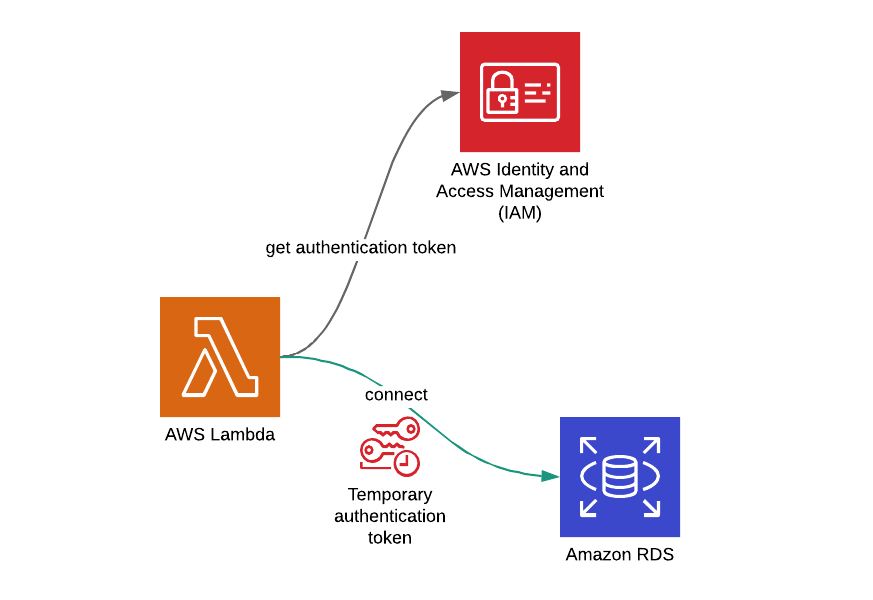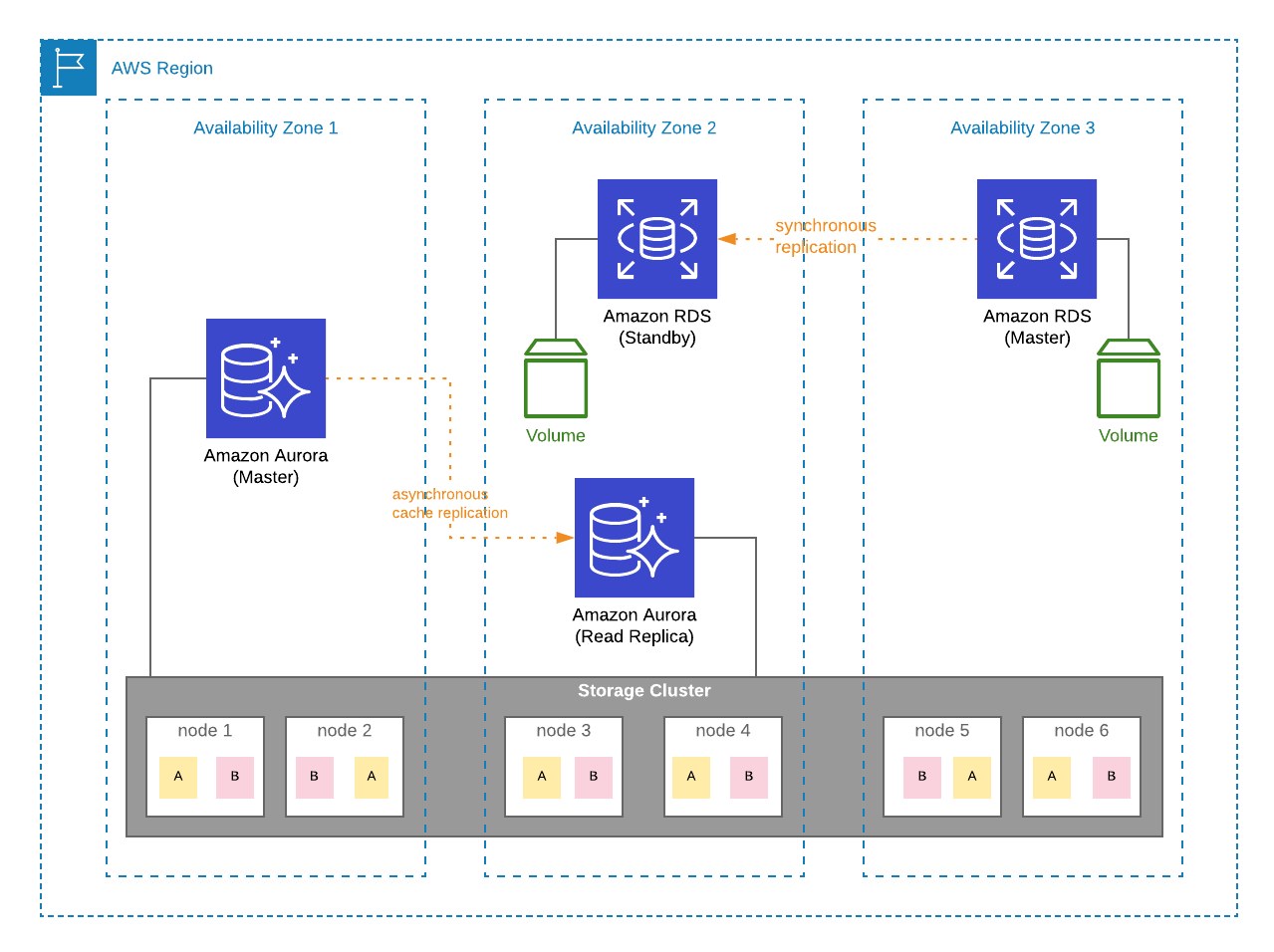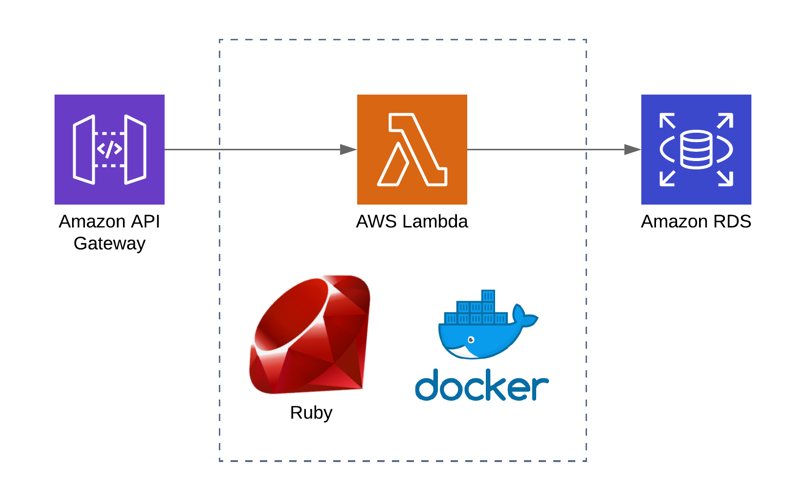AWS Lambda IAM Authentication for Amazon RDS With Python: Secure, But Limited
- by Emre Yilmaz
- Nov 27, 2019
- AWS • Serverless • DevOps • Databases • Python • Amazon RDS • AWS IAM • AWS Lambda • Amazon Aurora

Where do you keep your DB credentials in your AWS Lambda functions that you use to access your Amazon RDS databases? Hardcoded? No! Environment variables? Well, you might be using AWS Secrets Manager, right? It would be great! But did you know that you can also use the IAM role of your AWS Lambda function and its temporary credentials to do this?
Yes, there are different ways to manage your database credentials in your AWS Lambda functions. In this post, I will talk about one of the most secure methods, using IAM authentication of Amazon RDS, with an example of an AWS Lambda function developed in Python. I will use an Amazon RDS - MySQL DB instance, but IAM authentication is also supported on PostgreSQL DB instances as well.
Continue reading the AWS Lambda IAM Authentication for Amazon RDS With Python: Secure, But Limited blog post.


